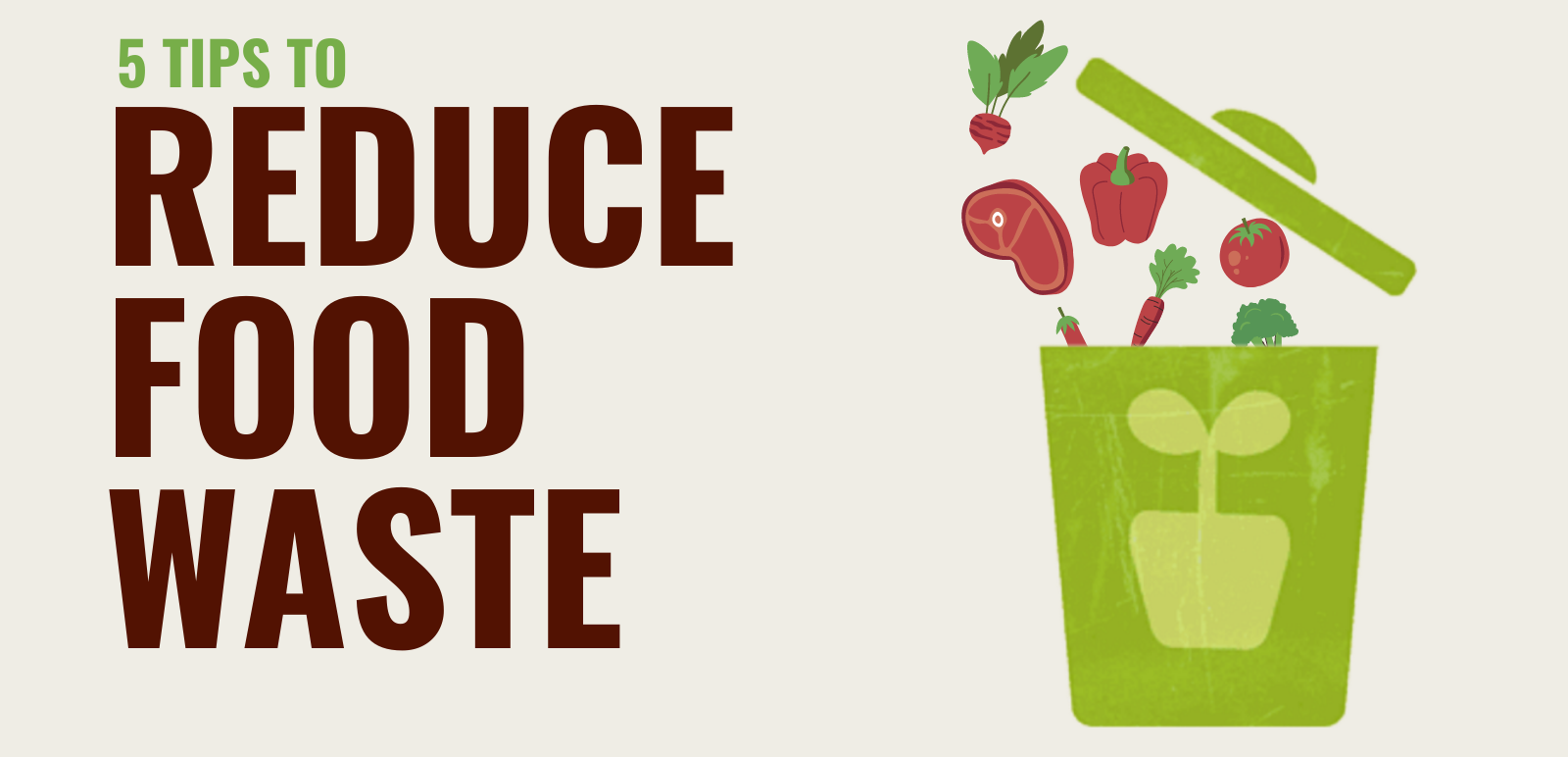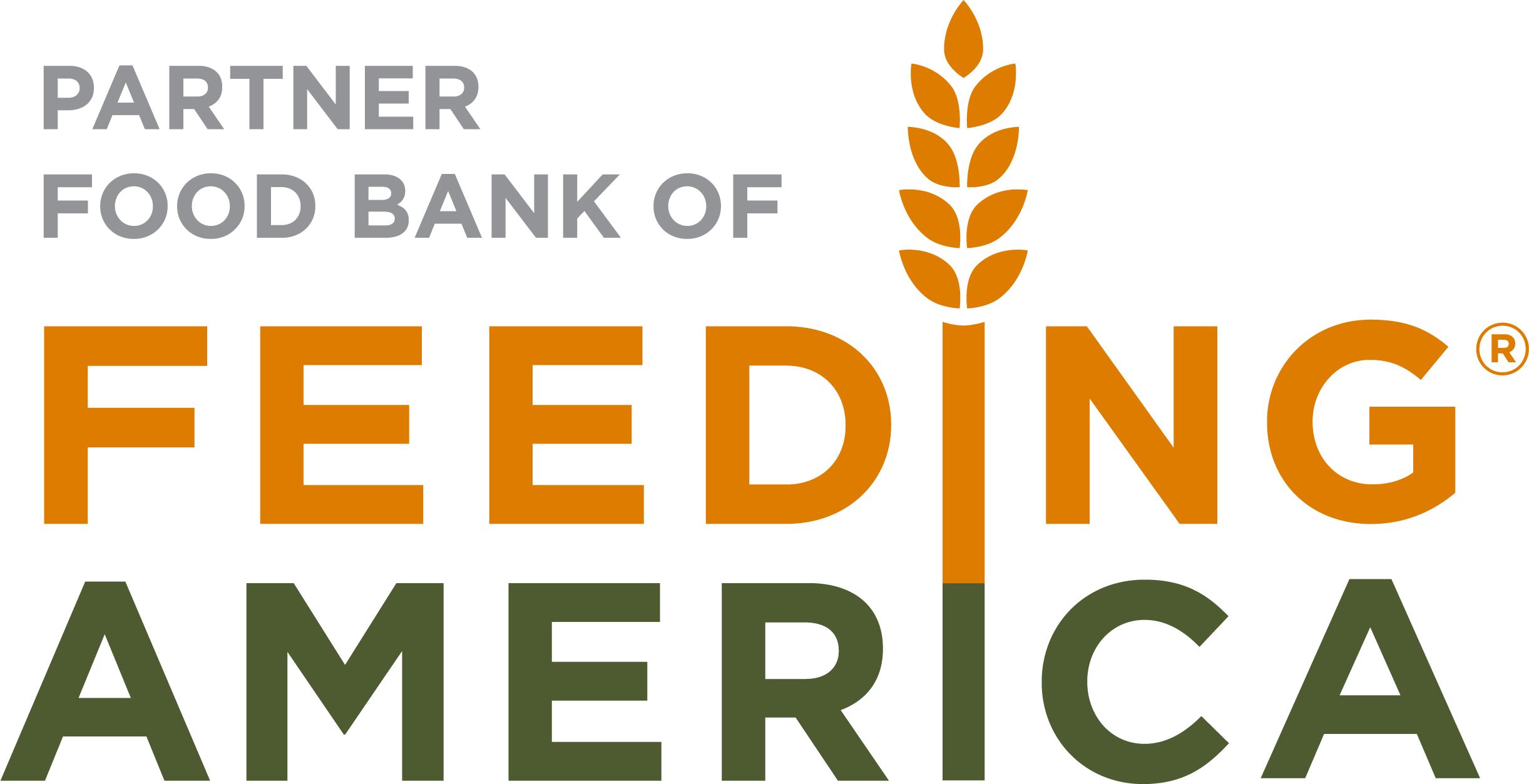HOW TO REDUCE FOOD WASTE AT HOME – AUGUST 05

Author: Patty Kieburtz
As food costs climb, stretching your budget can be a challenge. Reducing food waste can save money, foster good kitchen and shopping habits, and make a positive impact on the environment. Try these five tips to reduce waste in your kitchen:
- Practice thoughtful shopping: Making a list of your planned meals and required ingredients before heading to the grocery store will help you avoid impulse buys and purchase perishable foods that you can enjoy while they’re fresh. Also, shop the bulk bins. It’s a great way to reduce costs and purchase the precise amount that you need.
- Track what’s being thrown out: By looking at your trash, you can get a good idea of what’s often being wasted. Use a notepad to track trends. Seeing a lot of one thing? Decrease the amount that you buy next time.
- Use the FIFO method in the kitchen: The FIFO (first in, first out) method of using ingredients reduces the chances they will go bad before you need them. The method places newly-purchased foods behind existing foods, so the older ingredients are used first. For example, place newly-purchased tomatoes behind your existing tomatoes, so the older ones are enjoyed rather than forgotten about.
- Store your produce correctly: Practicing good food storage helps your produce stay fresh longer. Here’s a quick guide to what works best for some fruits and vegetables:
- Most veggies, especially those prone to wilting (leafy greens, cucumbers, broccoli and carrots) should be stored in a high-humidity area of the fridge.
- Most fruits, as well as veggies prone to rotting (peppers and mushrooms, for example) should be stored in a low-humidity area of the fridge.
- Some fruits, such as bananas, apples, avocados and stone fruits, release ethylene gas while they ripen. This can lead fruits nearby to ripen faster, thus shortening their window of freshness. To avoid this, store these fruits away from others.
- Rescue your produce: Don’t know what to do with lingering ingredients? Check out these recipes from The Kitchen:
- Fire-Roasted Salsa—Featuring tomatoes
- Clean Out the Fridge Minestrone—Featuring zucchini
- Vegan Blueberry Banana Bread—Featuring bananas
- Fresh Pasta Noodles—Featuring spinach
Going the Extra Mile to End Hunger
Second Harvest vehicles travel over 8,200 miles each week to feed neighbors facing food insecurity throughout our 26-county service region.
Donate today to help fuel Second Harvest’s mission and WSECU will match every dollar, up to $10,000.


Feeding Eastern Washington and North Idaho
Copyright 2020 Second Harvest. All rights reserved.



